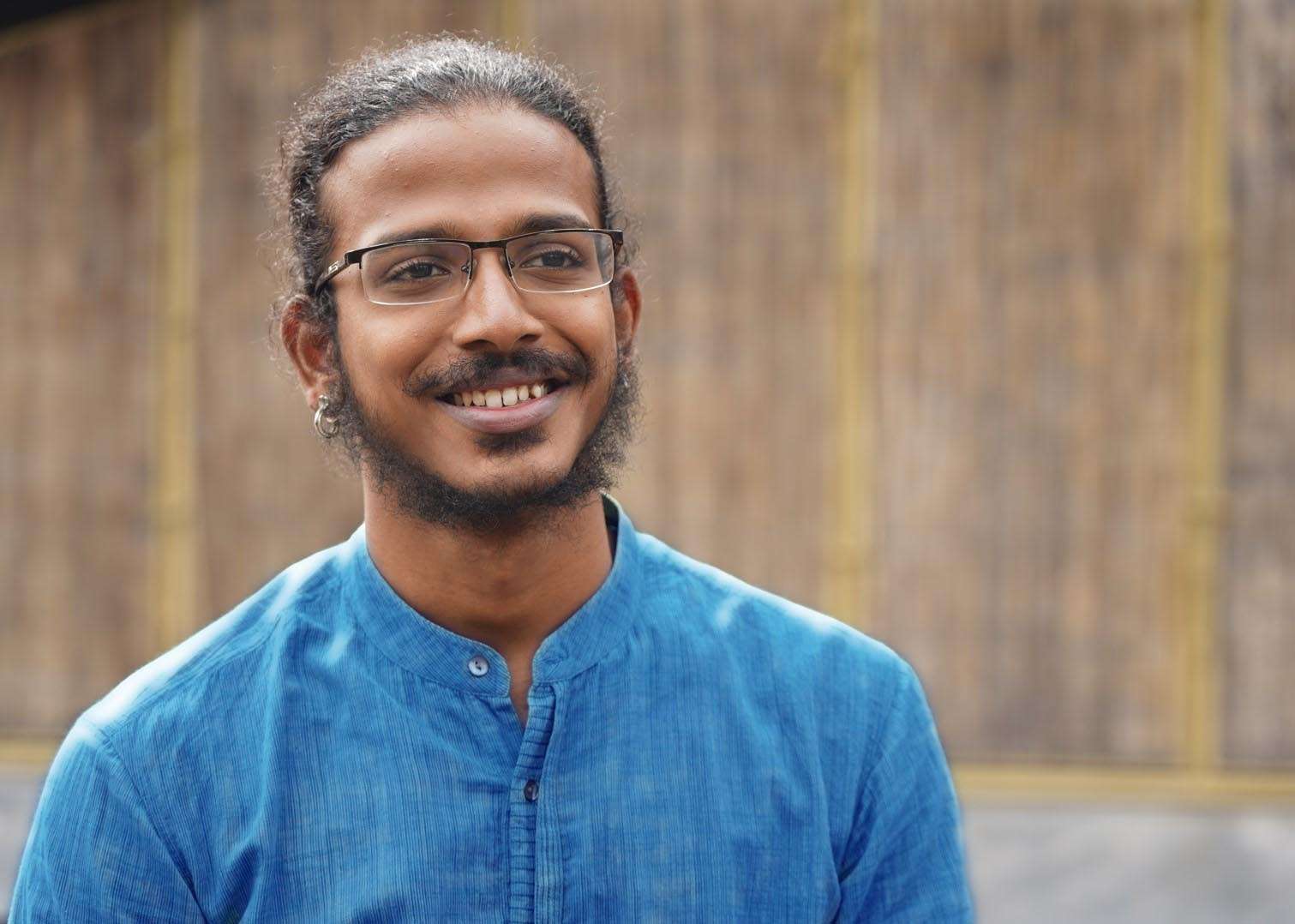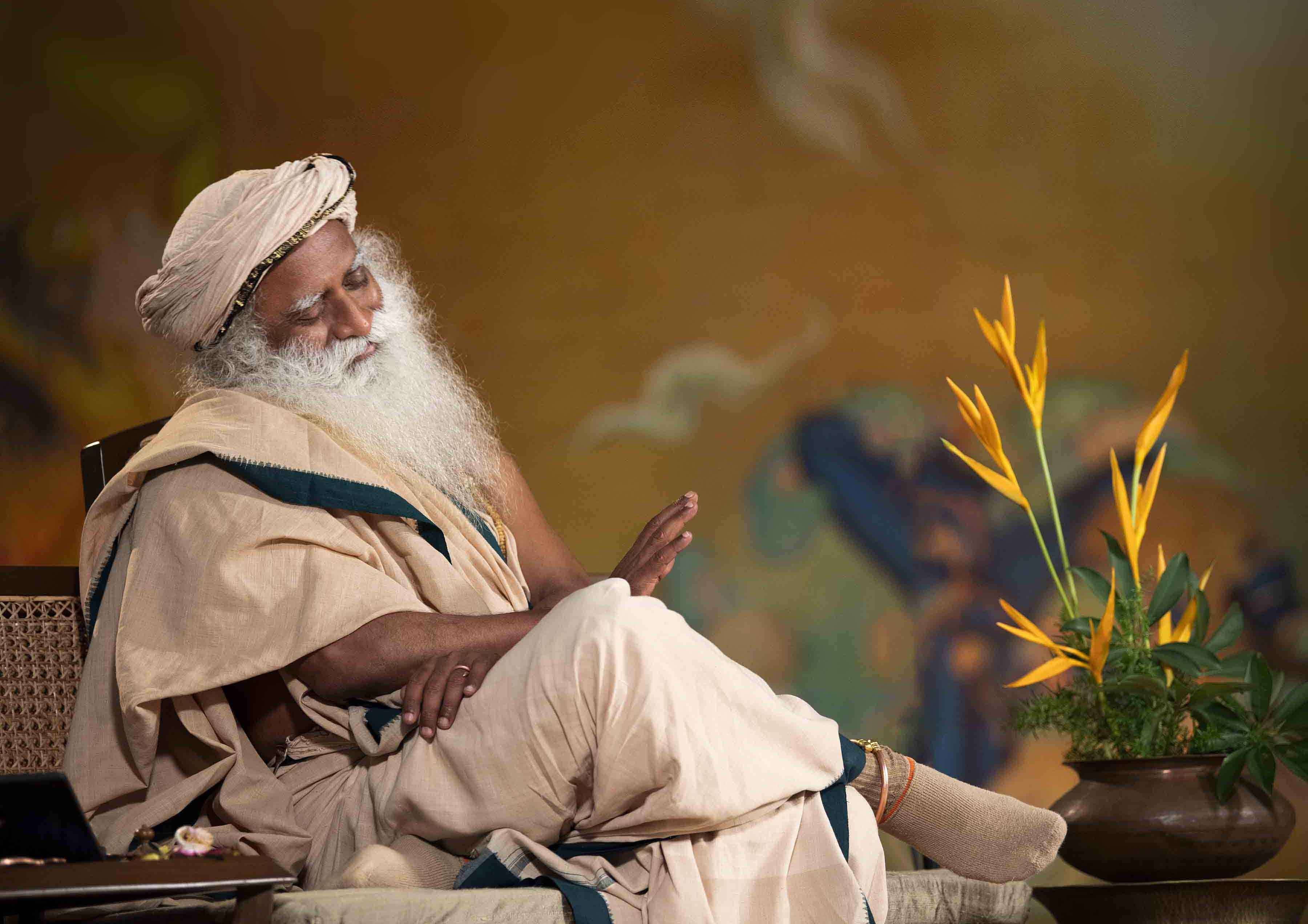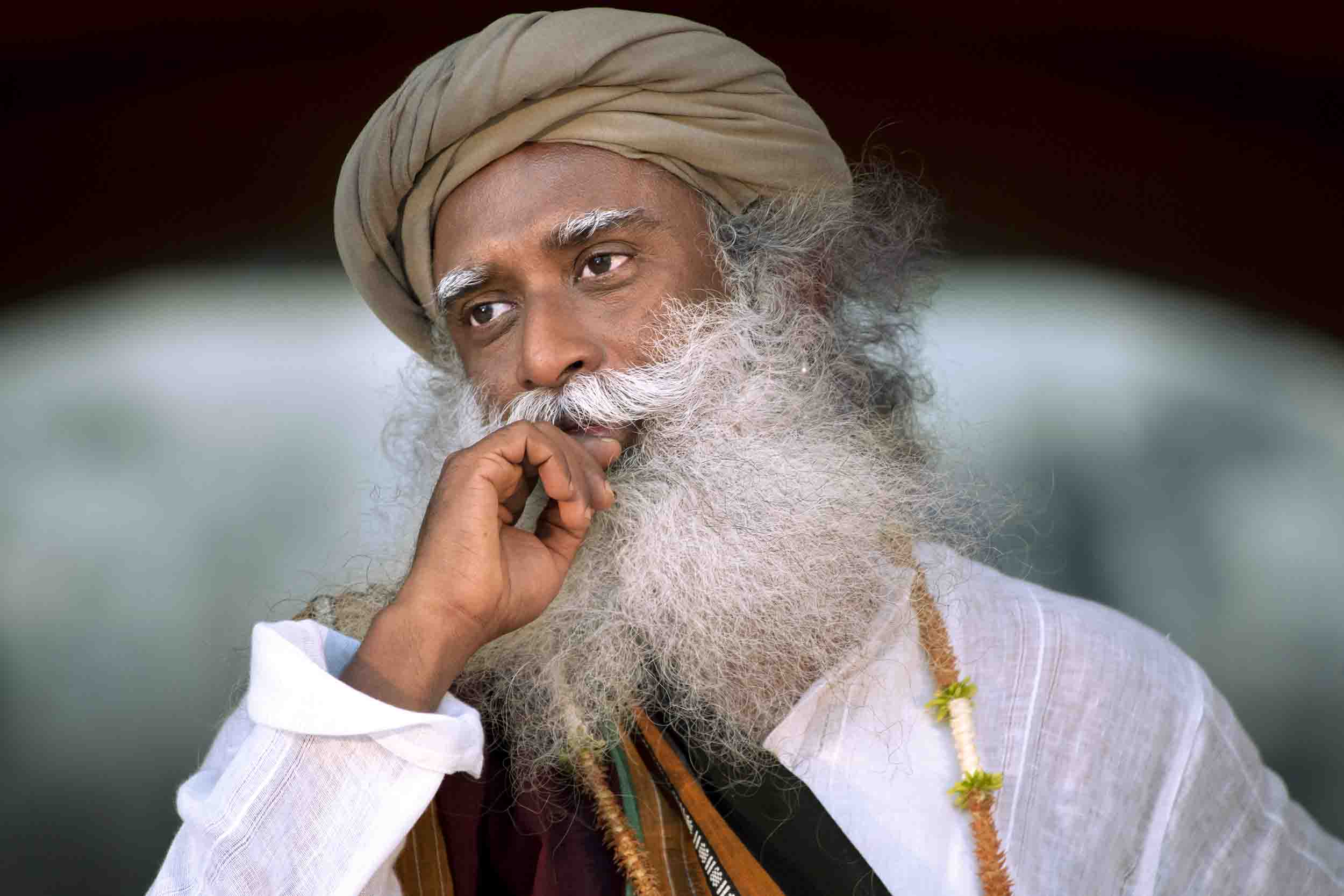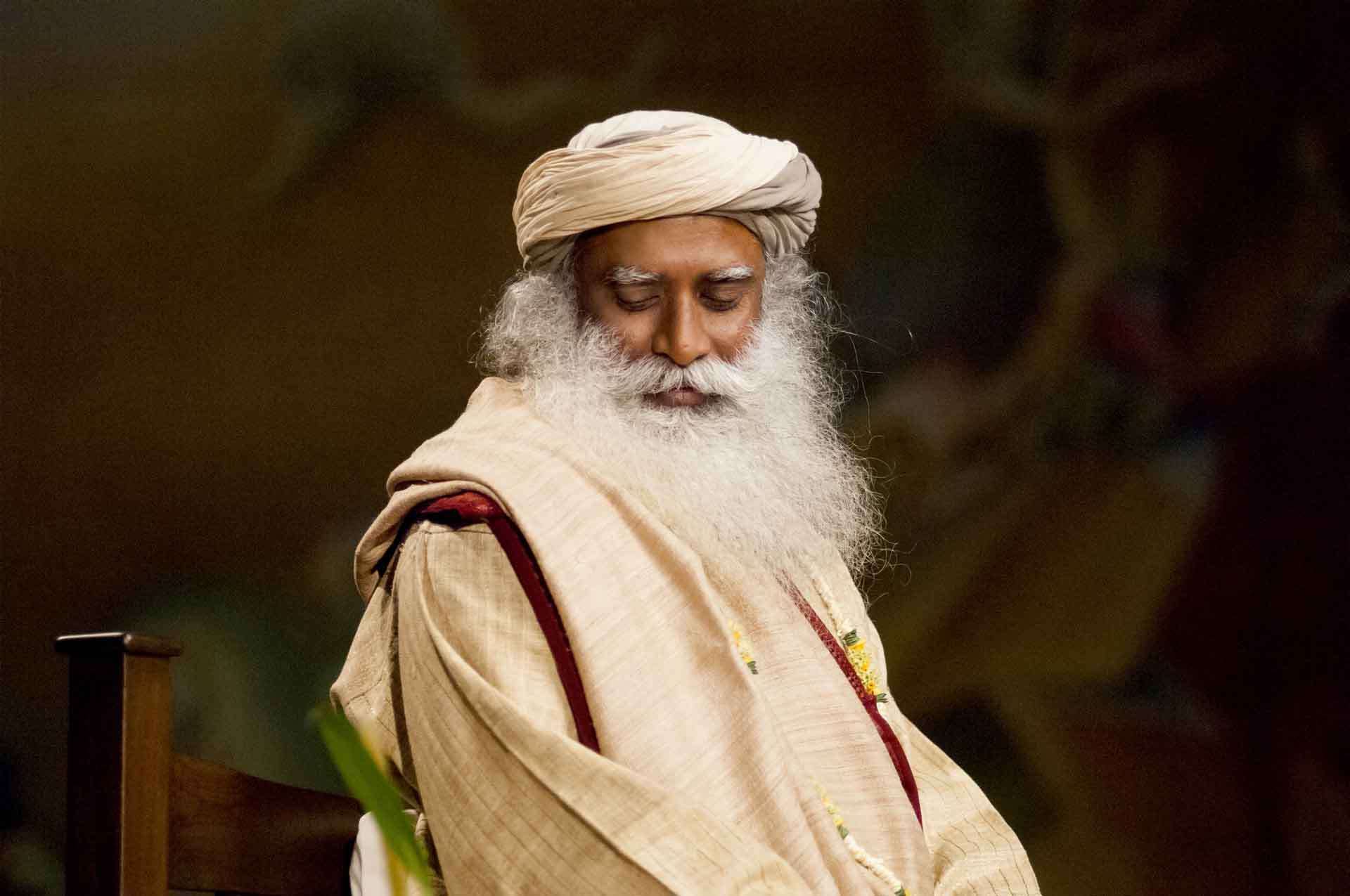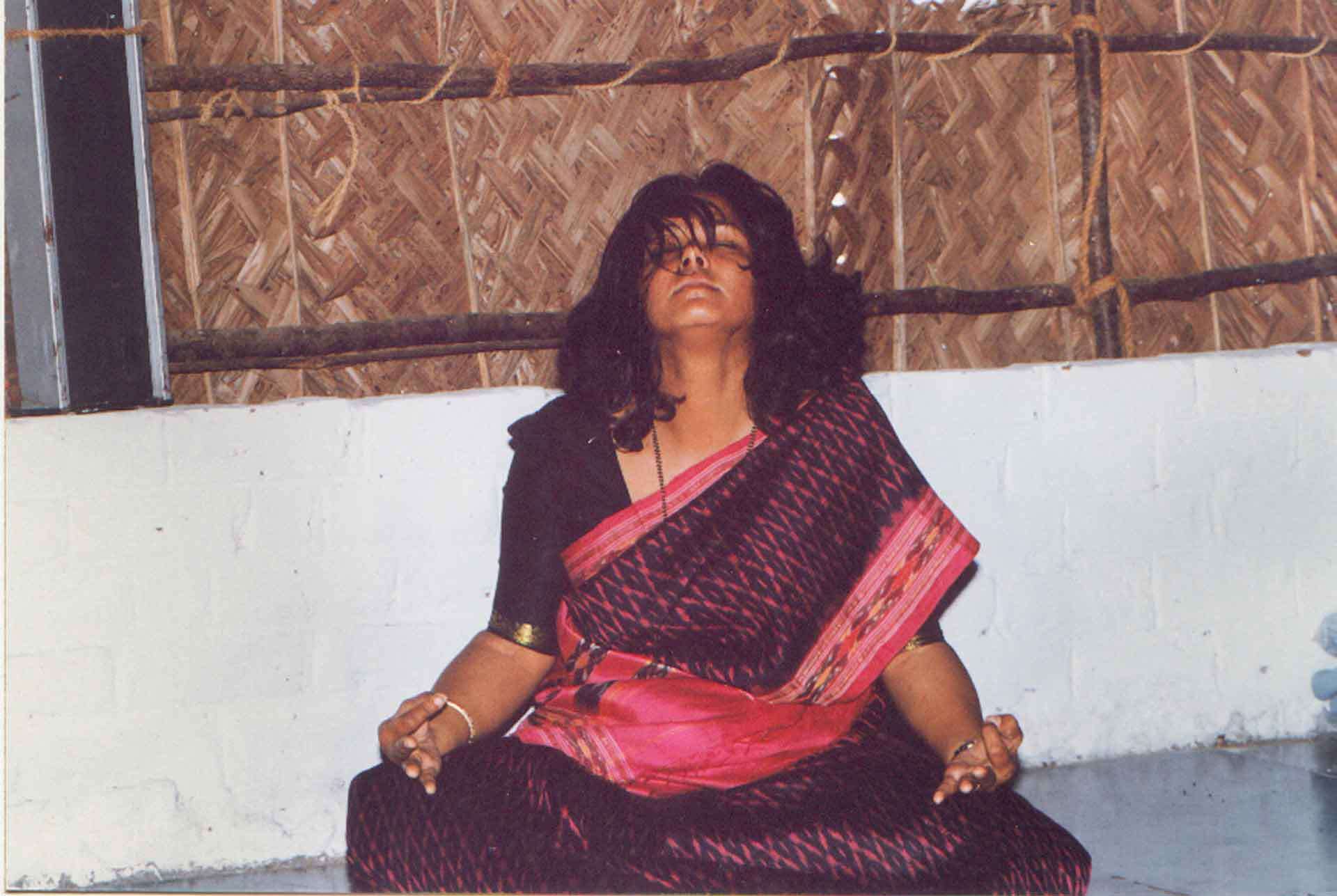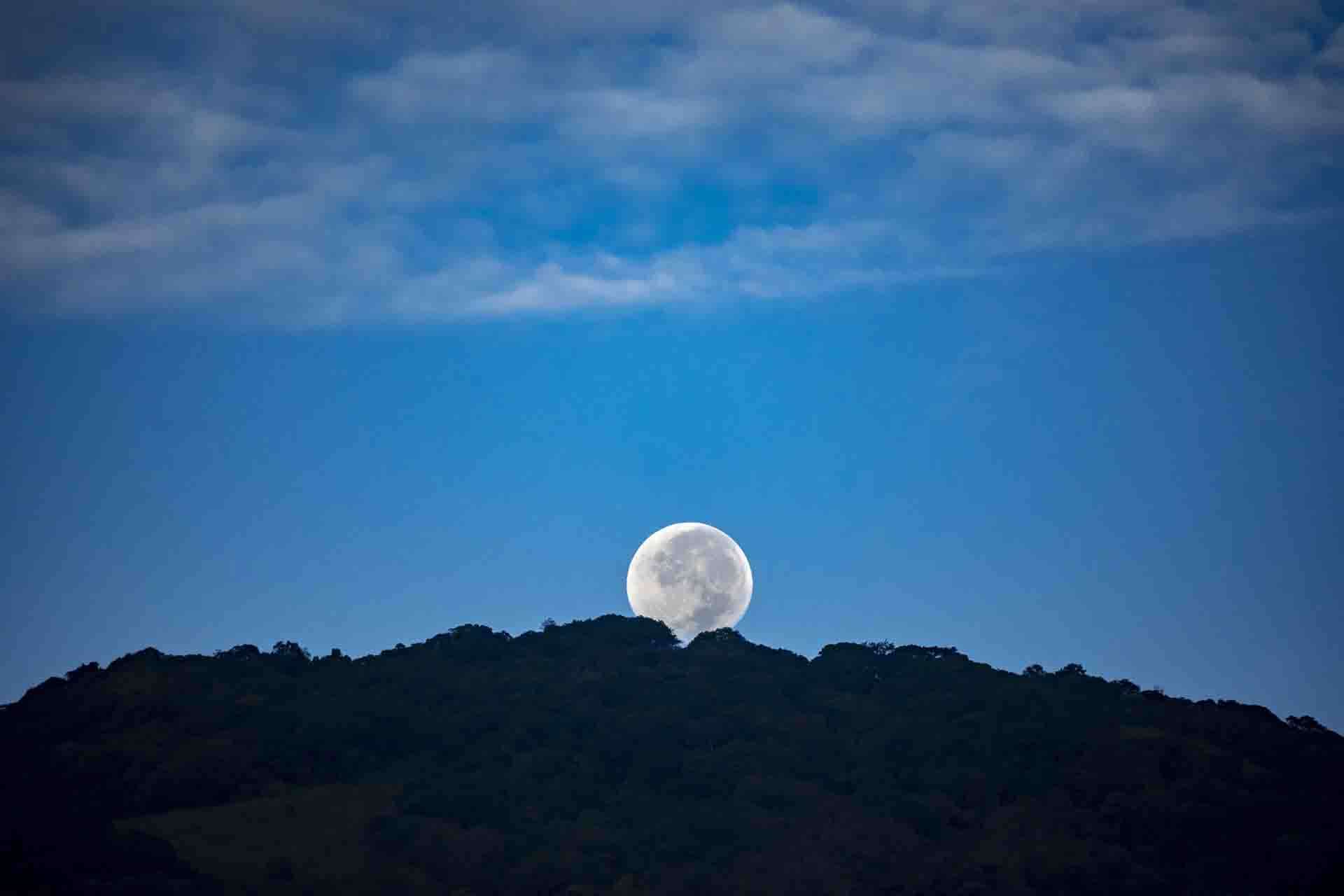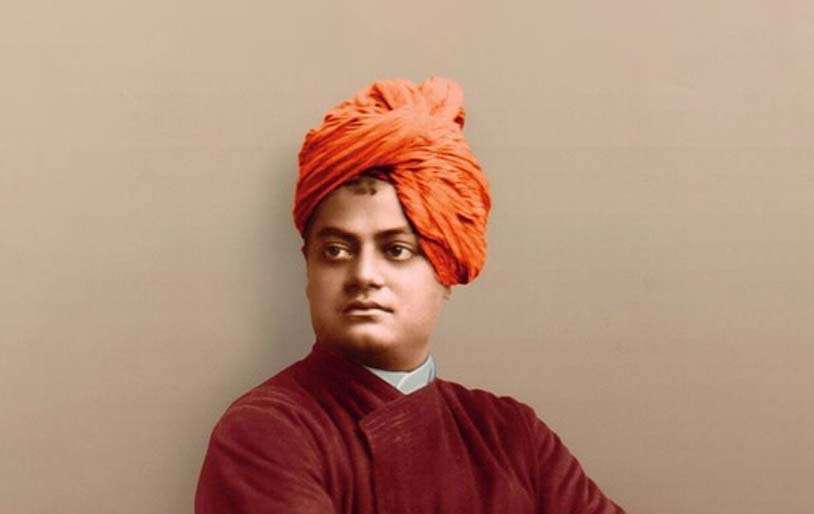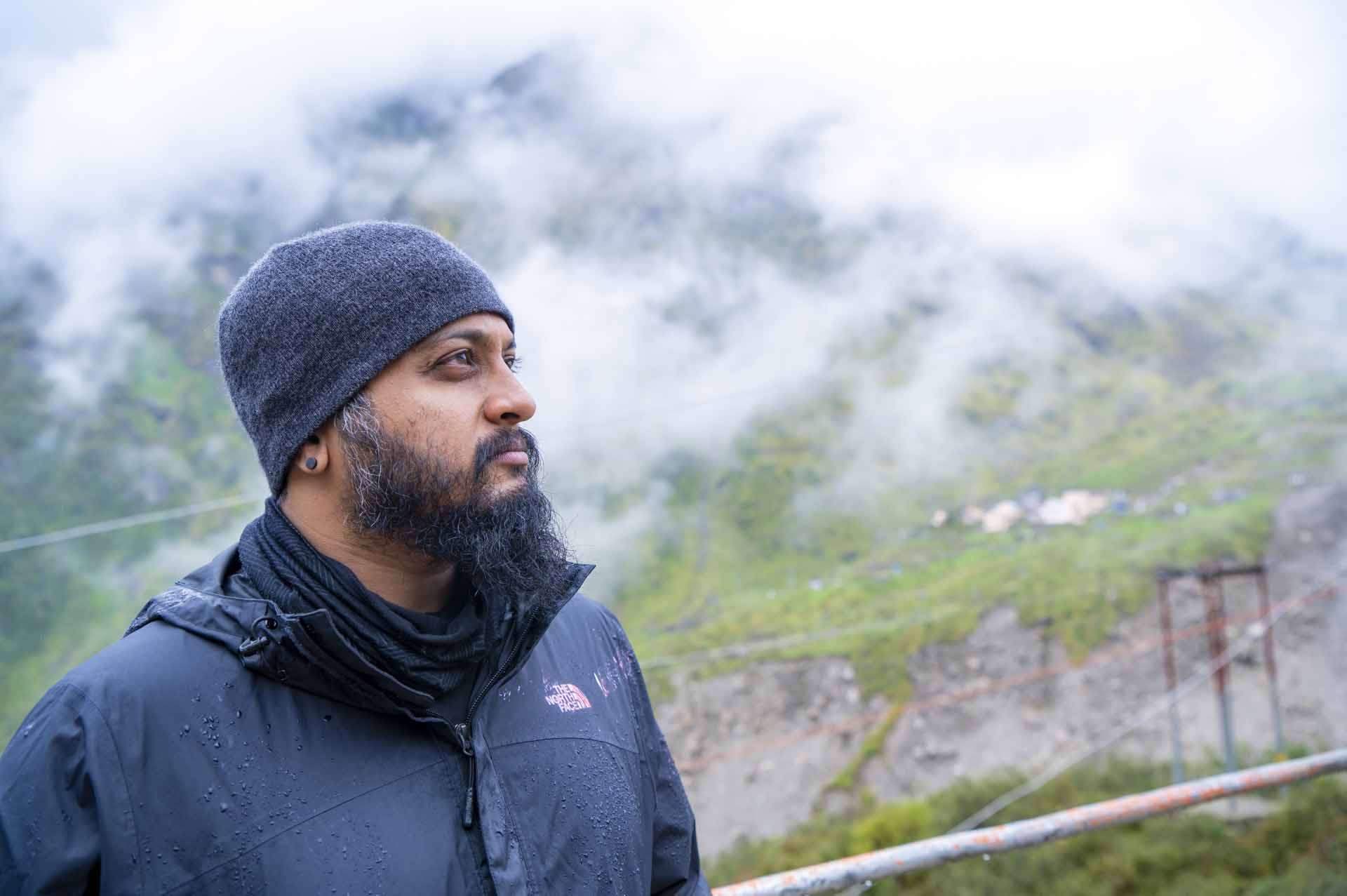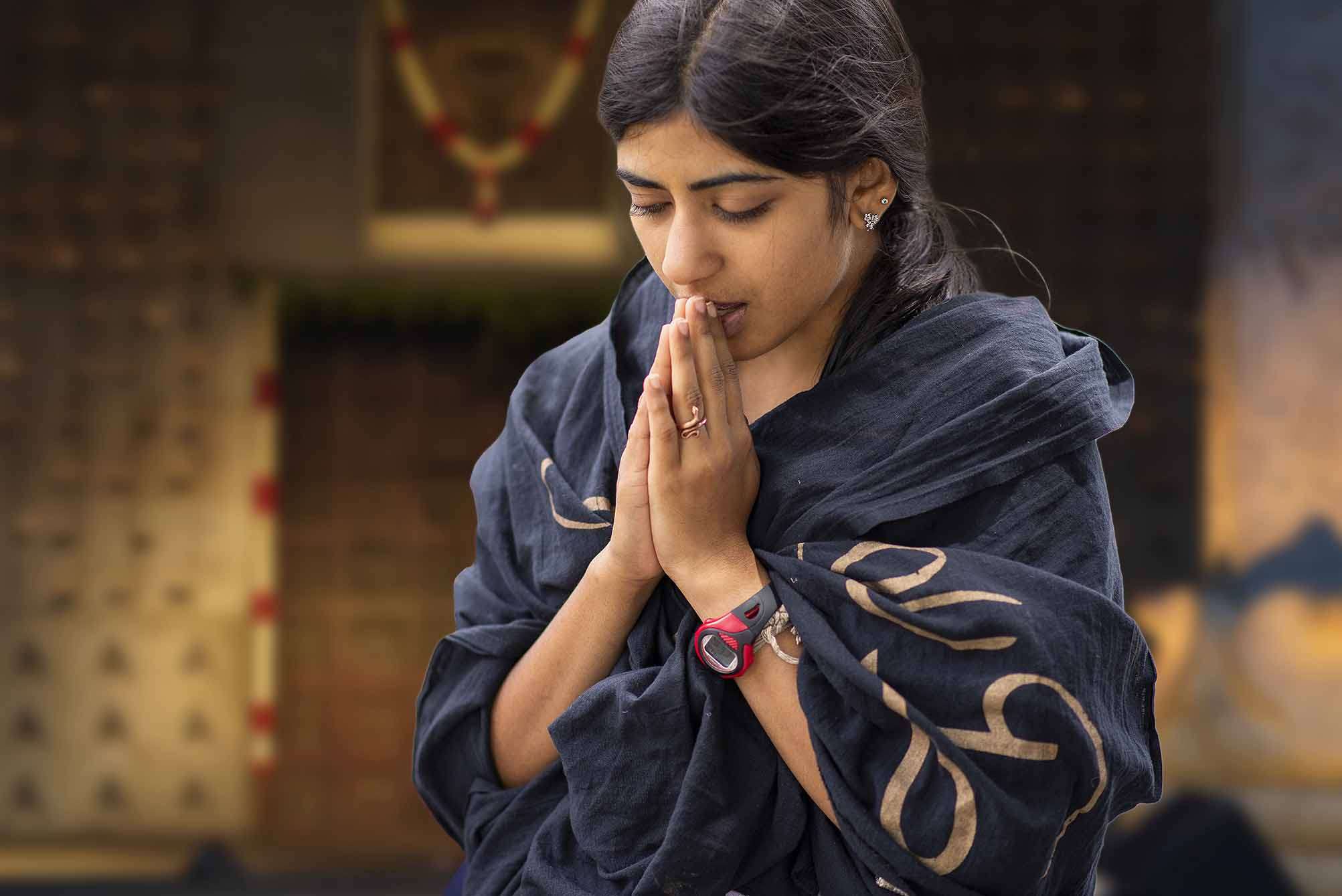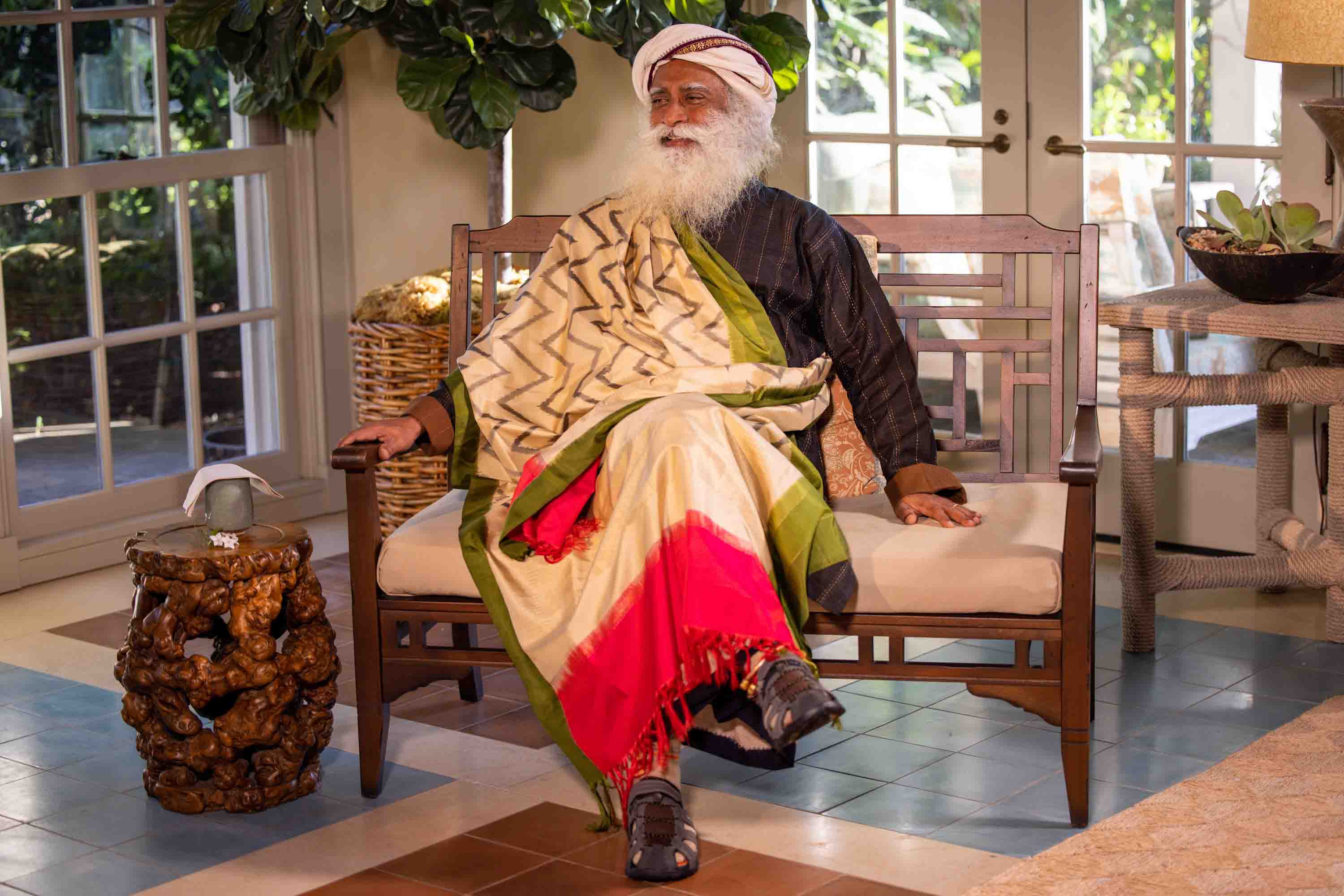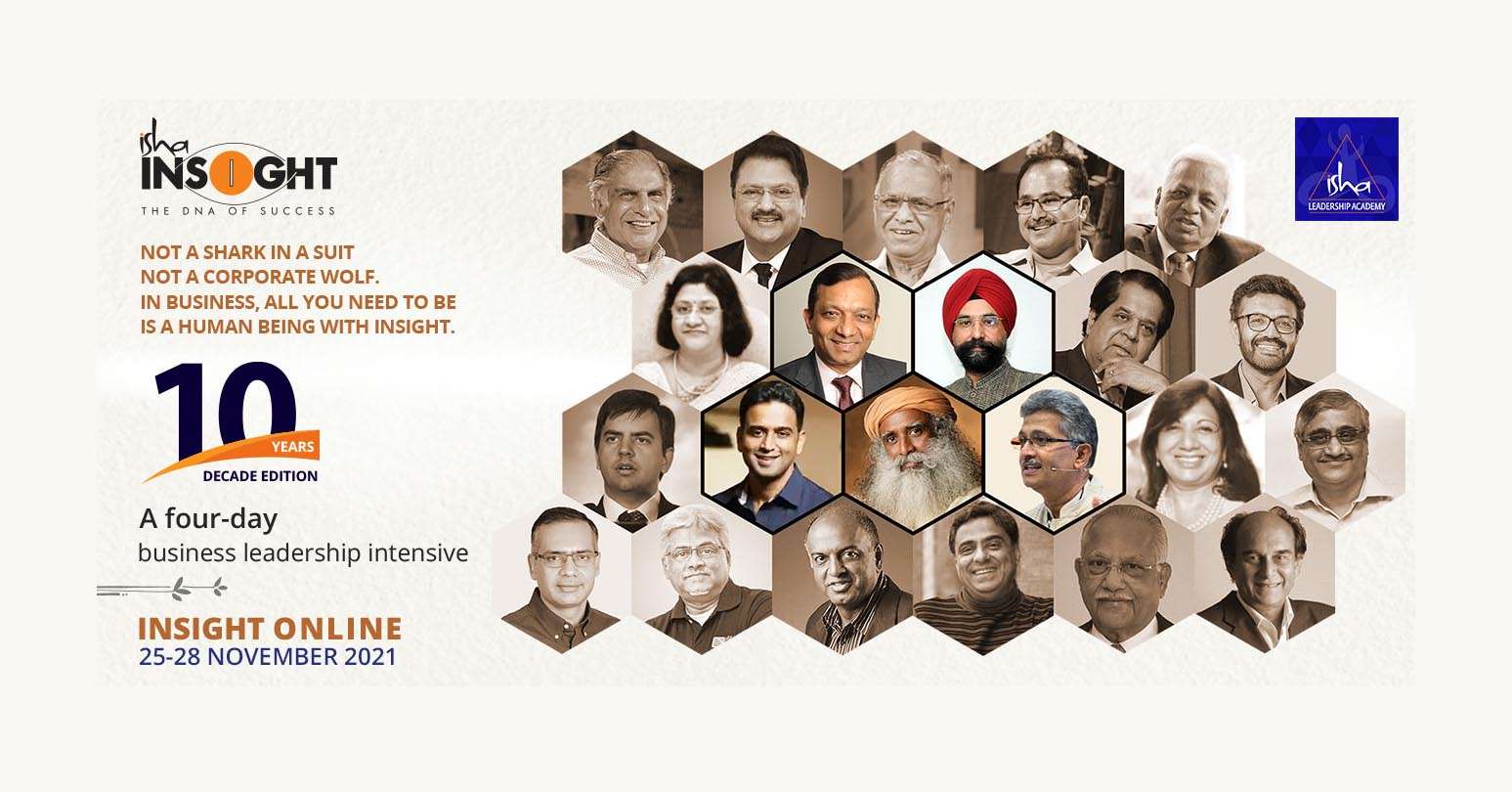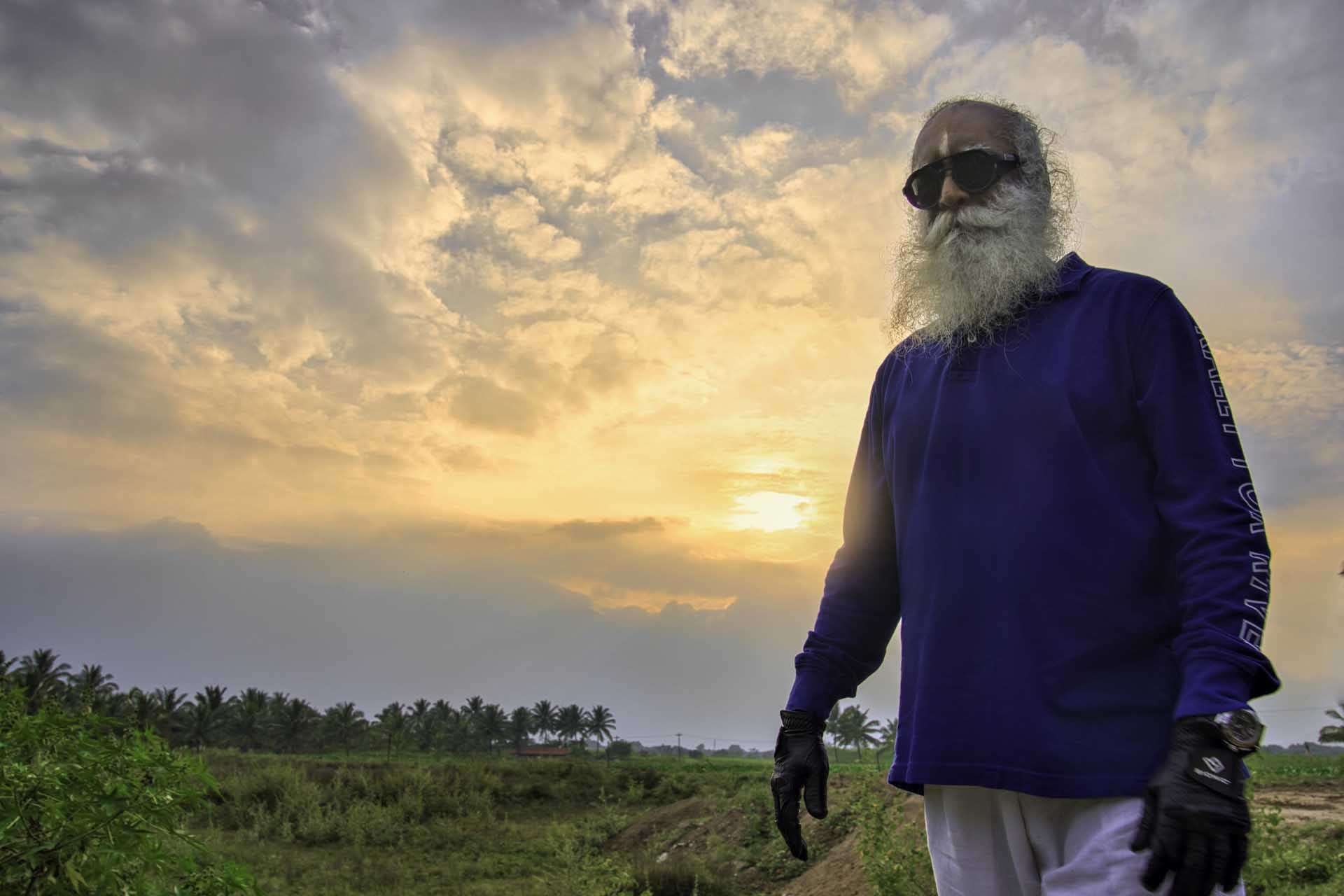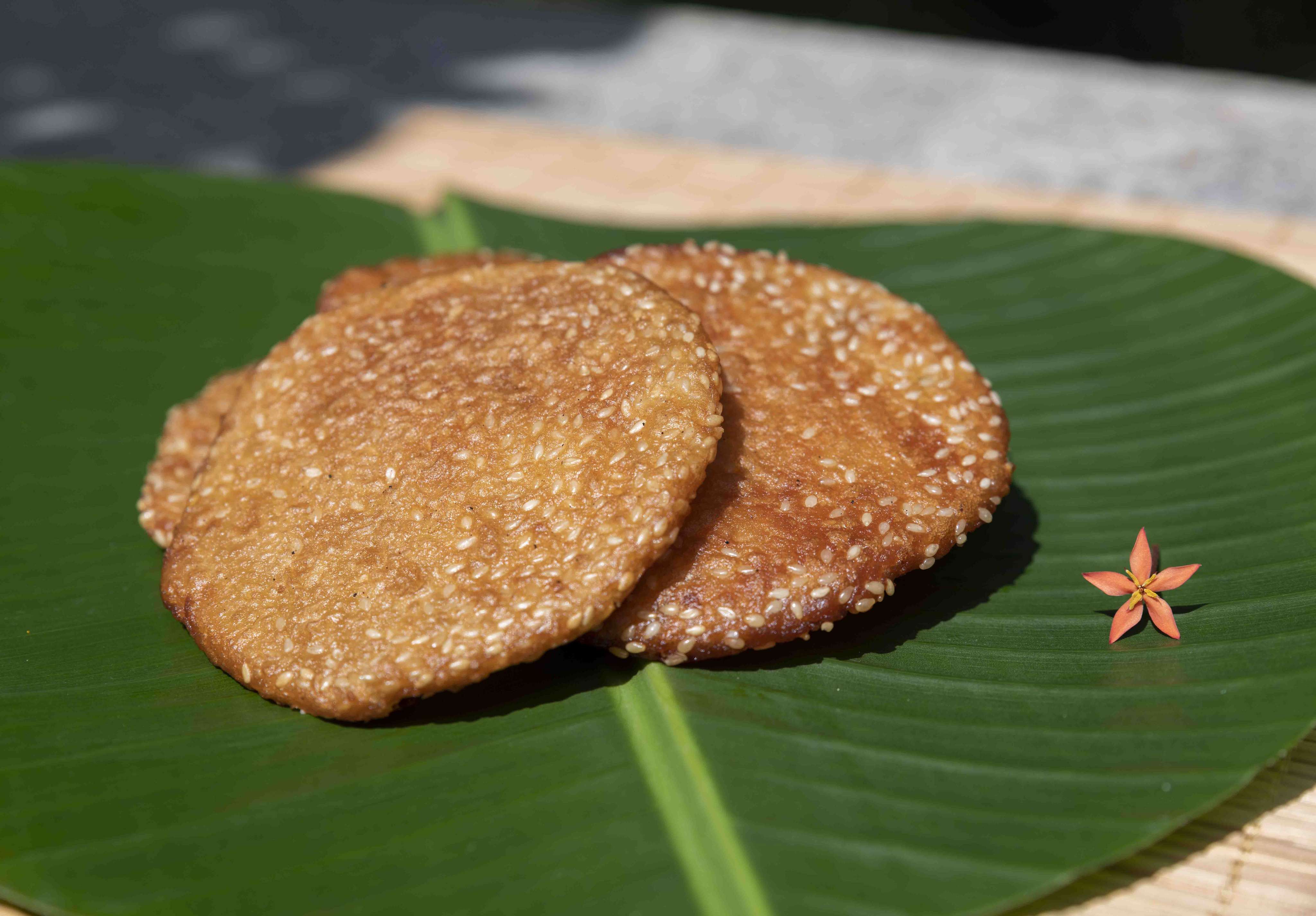What Participants Say About the Program
Deciding to stick to the basics of Kalari for the module, the team managed to build a balanced practice that benefits practitioners of all levels. Before the program was offered to the general public, trial programs for Isha volunteers were conducted, out of which 40 volunteers are available to support the participants. Their time and commitment help make this offering possible.
Sravanth Valluru, one of the trial participants, who has been practicing Yoga for the past 11 years, says he didn’t expect to find the Kalari practice challenging, and adds, “I didn’t feel that my body is in any way being hammered or is under stress, but definitely every muscle in my body was used. I have to use my body in a way I’m not generally using it, and it’s pushing my physical limits. I also noticed that the way I breathe changed.”
Sravanth observed that even though he is reasonably fit, the Kalari trainers’ bodies are on a totally different level. “Not in terms of muscles, but just the way their body is. If they give you something like these modules, which allow you to explore this level of physical fitness, definitely you should do it,” Sravanth adds.
Ashwini Saddi, another participant of the trial, recently stopped some of her more intense Yoga practices due to shoulder pain, but says that doing the Kalari practice was possible even for her. “When we watched them in the demo videos, some things looked like they couldn’t be done by normal people. Some postures will take practice, but some just happened. You didn’t even know your body could go that way, but when you tried, it did.” Now a Kalari fan, Ashwini says that she would like to learn more when other Kalaripayattu modules become available.
After five months of relentless preparation, the first Kalaripayattu program kick-started on 3 September. Now the module is offered regularly, in 9 sessions over 9 days. Lohkesh shares, “The most fulfilling part of the program is that the participants are really committed and focused. As there are participants from different time zones, there are many who log in between midnight and 4 a.m. local time, and fully give themselves to the practice.”
This Is Just the Beginning
A profound ancient martial art from India is creating a global impact, but this is just the beginning. The team is overjoyed to see their efforts and Sadhguru’s vision finding fruition. “It all started with the simple idea of ‘raising awareness of Kalaripayattu,’ and here we are with the privilege of working on something that could transform lives of people around the globe,” says Lohkesh.
Amazed by the enthusiasm and involvement of participants, the team is now working on creating practice modules as short as 10–15 minutes, which could be taught to people who are keen on getting a taste of the practices but have less time on their hands.
“When Project Samskriti started, we were asked to commit ourselves for a minimum of two years to it, but we know that it will be for much longer. I’d planned to bid adieu to Samskriti in November 2021, but now there is no backing down,” he concludes.







